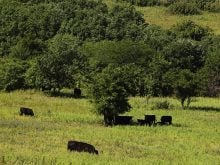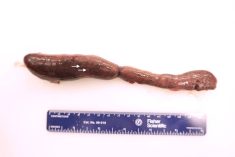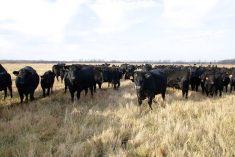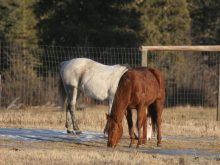Pneumonia is often considered a disease of weaned calves in the feedlot and that is the most common presentation of the disease in cattle.
However, in some situations, nursing calves on pasture can be severely affected by pneumonia outbreaks. This disease is sometimes known as summer pneumonia or enzootic pneumonia. It can affect calves as young as one to two weeks of age or can cause problems later while on pasture (usually at less than three months of age).
It can be a frustrating disease to deal with because it is difficult to treat young calves on pasture and even the act of catching and restraining them for treatment can be difficult, as well as raising the farm manager’s stress levels.
Read Also
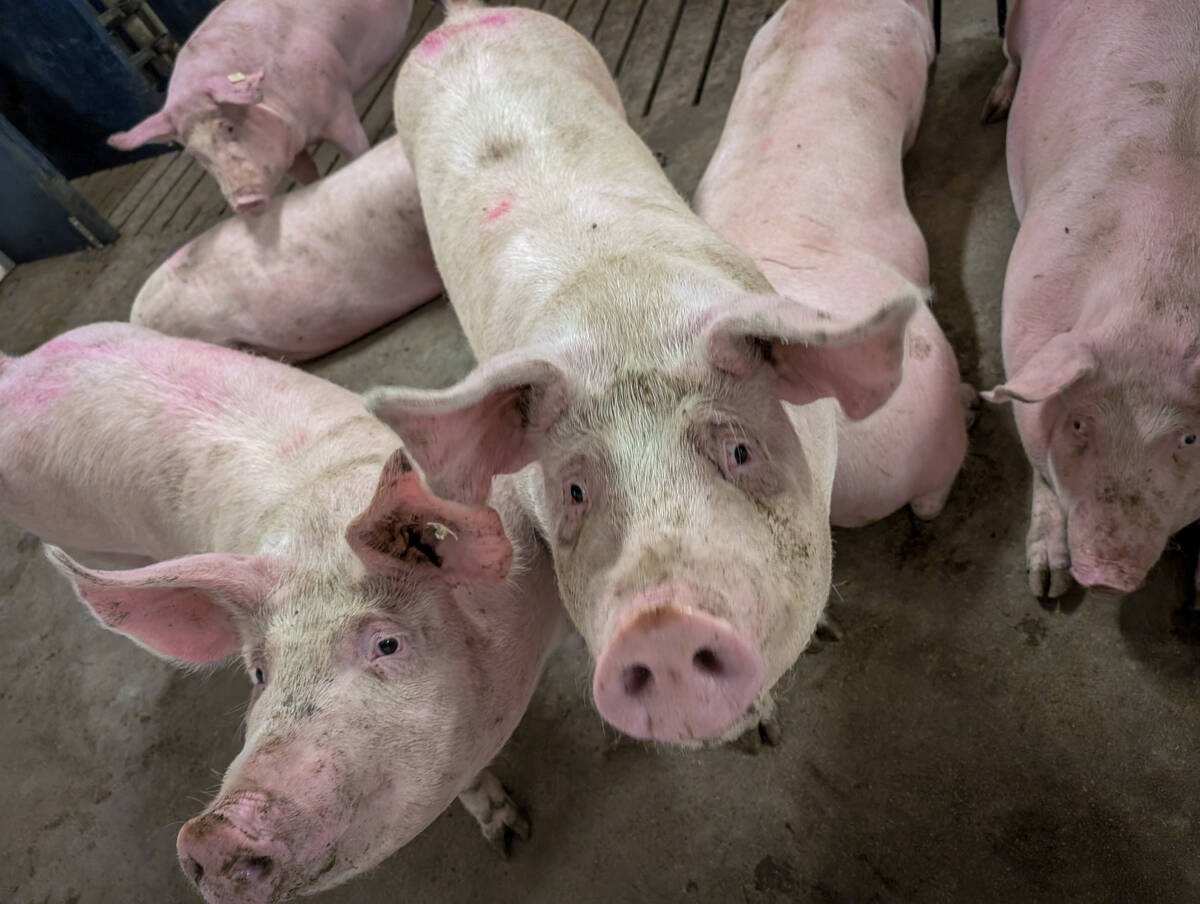
Pork sector targets sustainability
Manitoba Pork has a new guiding document, entitled Building a Sustainable Future, outlining its sustainability goals for the years to come.
Some research studies from the United States suggest that one in every five cow-calf herds has some issues with pneumonia in calves prior to weaning.
Many of the bacteria and viruses that cause pneumonia in young calves are present in the respiratory tract of healthy calves and cows. They don’t cause problems unless there is a compromise to the immune system or other stressor that allows them to start to cause damage in the lung.
Unfortunately, we don’t have a great handle on all the factors that can set off a respiratory disease outbreak in young calves and are sometimes baffled why we have problems on well-managed operations.
To make things even more complicated, by the time we see a sick calf, the disease is often complicated by a secondary bacterial infection. The bacteria we isolate from the lungs may not be related to the initiating infection, which is often a respiratory virus. We can usually effectively treat the bacterial infections if the disease is detected in its early stages, but it is up to the calf’s immune system to recover from the viral infections.
But why are some herds affected with this problem?
Poor colostral immunity can play a role. If cows have inadequate or poor-quality colostrum or calves have an inadequate intake of colostrum immediately after birth, calves can be much more susceptible to a variety of infectious diseases including pneumonia.
Several research studies have shown that there are two distinct clusters of cases that can occur with summer pneumonia. The cluster that seems to happen in some herds, which sees calves get pneumonia at three to five weeks of age, is probably associated with a suboptimal passive transfer of maternal immunity through colostrum.
The second major time period when we see nursing calves affected with pneumonia is often around three to five months of age. In this time period, there seems to be a greater cluster of cases that are more rapid in onset and cases in this period have been linked to the time period when the maternal immunity in calves (acquired from colostrum) is starting to wane, making the calves more susceptible to respiratory infections.
Mixing cattle together from various sources is an important risk factor for respiratory disease in weaned calves and that may be another risk factor for the disease in young calves, especially in this later time period.
Community pastures where calves are mixed from a variety of sources could potentially have a slightly higher risk of respiratory disease. Crowding calves together at times for short periods may also allow bacteria and viruses to transmit more easily. Some management procedures such as estrous synchronization and artificial insemination or creep feeding that cause calves to be grouped together might potentially exacerbate this disease.
Any factors that can cause the immune system to not function at optimal levels can play a role in these outbreaks. Bovine viral diarrhea (BVD) virus has a dramatic effect on the immune system and although this virus does not usually cause pneumonia, it can suppress the immune system of young calves to allow other viruses or bacteria to gain a foothold.
I have been involved in several herds where exposure to BVD virus was responsible for creating a pneumonia outbreak in young calves. This is usually only an issue where the virus is introduced in an unvaccinated purchased animal or if the cow herd is not routinely vaccinated for BVD virus.
Many producers vaccinate their calves at the time of pasture turn-out and in many herds, veterinarians will often recommend respiratory vaccines to be included at this time.
There is good evidence that young calves will respond to these vaccines and develop an immune response if they are two weeks of age or older at the time of vaccination. There is even some evidence that even younger calves can respond to vaccination.
The evidence isn’t as strong about how well these vaccines protect the calves while on pasture. Those types of clinical trials are difficult research projects to conduct and although we know the calves have an immunological response to the vaccines, we aren’t sure how protective that immunity is. We can still occasionally see outbreaks in some very well vaccinated herds, so obviously vaccination status is only one piece of the puzzle.
Summer pneumonia is often caused by a combination of risk factors and sorting out why it is occurring is often a difficult challenge.
I have seen some well-managed herds that continue to have cases of pneumonia in young calves and it has been frustrating not to be able to identify a specific factor that is causing the problem.
Work with your herd veterinarian to establish a good vaccination program and attempt to identify any potential risk factors that you could control in your calves prior to turn out.
John Campbell is a professor in the department of Large Animal Clinical Sciences at the University of Saskatchewan’s Western College of Veterinary Medicine.





